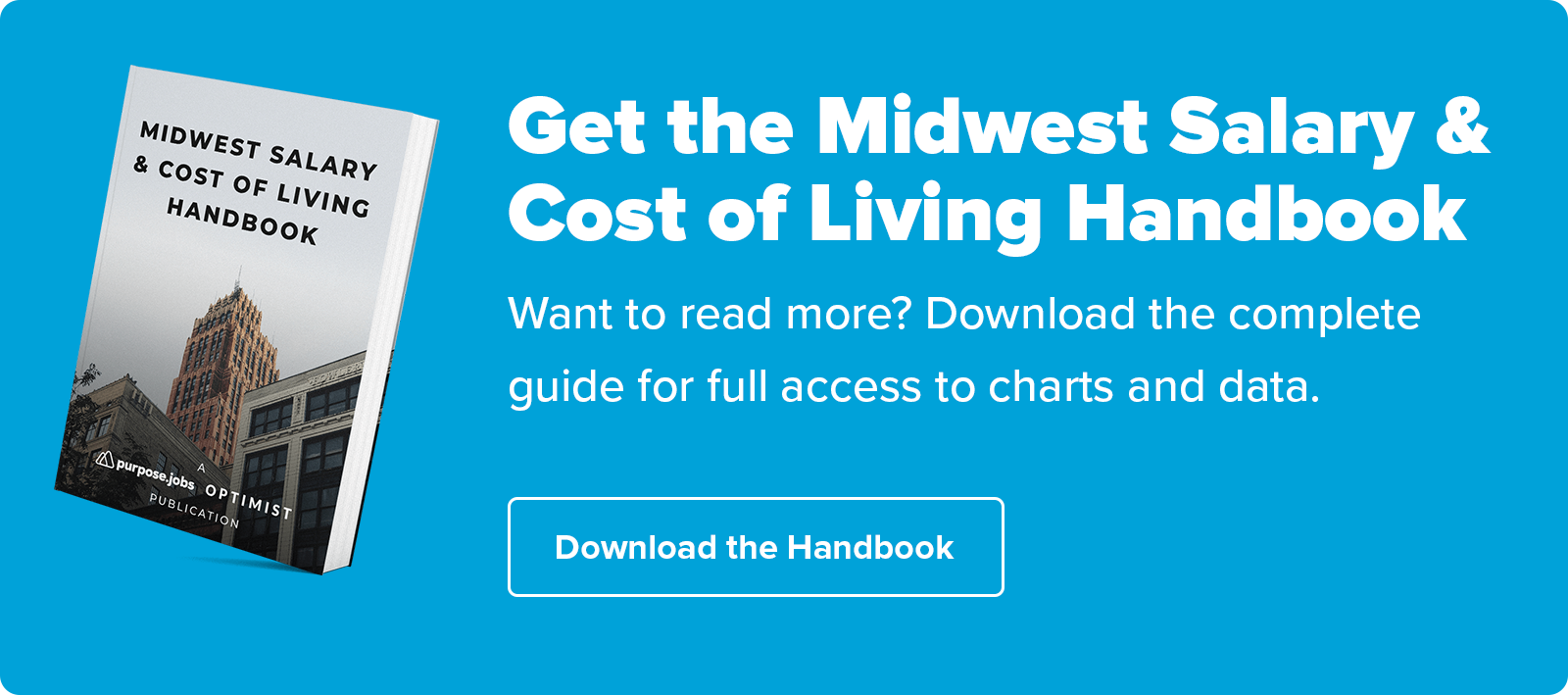Do I pay off my student loans or save for my retirement? The answer is both! While it's totally fine to have debt, you'll want to make a plan to pay it off, while considering your plan for the future.
Whether you're 22 or 42 (or 102!), it’s a balancing act between saving and spending your hard earned money. Even if you do live in an affordable city, cash can still get tight sometimes. Maybe you’re just starting out, or just had a child, or lost your job or had some unexpected emergency work done on your home or car.
Whatever the reason, we all know money doesn’t grow on trees. And, by the way, most of us have had that Oh $h!t! moment when we were scraping the bottom of the barrel to make rent. Now, while it’s critical to make sure you’re paying your bills, we also know that it’s important to save for your future (or for your safety net, should a(nother) emergency pop up).
Did you know that 70 percent of the total 45 million student loan borrowers1 have delayed saving for retirement because of their student loan debt? That’s not surprising, when you realize that there’s a total of $1.6 trillion in total outstanding student loan debt1 and, not to mention, $930 billion in US credit card debt2.
Hold up! Before you grab the paper bag, don’t worry! Another necessity? We believe in the importance of enjoying your life—without absolutely draining yourself in the process of paying off bills and saving for the future. With some structure, hard work and self love, you can achieve a solid balance, and have some fun in the process.
Follow these guidelines to help you to save money for your future while on a tight budget. We’ll walk you through each step that will set you up for success in both your budget and future savings.
Your action plan for making the most of your money
1. Do a quick financial check-in.
Saving is your KEY to success! But, your very first step is to take a few minutes to do a quick financial wellness check. Before you start allocating funds to your savings account, make sure you’ve set a solid budget (that you can actually commit to following), understand your cash flow, and know where that next dollar goes. From here, you’ll know how much money you have, how much money you owe (think: student loans, mortgage, car), and how much money you have left over. This is called a net worth snapshot.
2. Start NOW!
If you haven’t started already, now is the best time ever to begin saving any extra cash you come across. It doesn’t have to be a big commitment, either. Starting small is better than not starting at all. If you find yourself with a little leftover money at the end of the month (after you’ve paid down debt and bills) put aside a portion of it for later. Think of it as paying yourself and paying your bills. You can also consider rounding up your receipt on your “pleasure purchases” like eating out, and put the extra cash away. Believe us, your bank account will love you for it. And, more importantly, “future you” will love you even more.
3. Focus on balance.
Paying off debt and stashing some cash away for the future feels AWESOME. But, it can get super draining if you go too long without a small reward. It’s certainly acceptable and feasible to treat yourself every now and then! Use a small chunk of leftover money for a little pleasure—maybe treat yourself to a nice meal or a new “toy” or a massage. All you have to do is make sure all of your finances are balanced. Set aside a certain amount each month for a “fun fund,” and make sure to stay on top of your budget.
Curious about the most affordable places to live? Check out the Midwest Salary and Cost of Living Handbook for facts about tech salaries, standards of living, and getting more bang for your buck.
4. Consider investing in the markets.
Setting aside some extra cash for the markets can also help you save up for your future. And, like everything else we suggest, it doesn’t have to be a ton all at once. We recommend taking small steps in your investment journey, with one manageable bite at a time. Especially if you’re investing during a time with a tight budget, we recommend doing your research and taking it slow.
5. Build an emergency fund.
You never know when an emergency may come around. Creating an emergency fund will give you an extra cushion if you ever find yourself in the hole from unforeseen emergencies like medical crises, home repairs or if you lose your job. Having an emergency cash reserve is a crucial safety net. No safety net means more potential debt. After you learn how to set up your emergency fund, you’ll also want to know when it’s appropriate to use your emergency fund.
Looking for a new job? Join the purpose.jobs talent community to get access to top hiring startups. 
6. Set up your retirement fund.
Take a hot second and look into what kind of retirement account your employer offers—it could be a 401(k), 403(b), or a Roth or Traditional IRA. Determine how much you should save for retirement to ensure you’re saving enough for your future for how you expect your lifestyle to be. If you have multiple retirement accounts, consider rolling over your retirement accounts into one. There are pros and cons to rolling over your 401(k), so take some time to review your options. And, lastly, if your employer doesn’t offer a retirement plan, that’s okay, too! You have options.
7. Set up monthly transfers.
Think of this concept as an automatic bill payment to yourself. Just like you can select autopay for your monthly credit card payments, you can also select an automatic payment from your checking account to your savings account. This little #SavingsHack will help you set aside money for the future without having to lift a finger (well, after you set up the automatic transfer, of course!).
8. Plan, plan, plan...and stay on track with your plan.
Throughout this process, you’ll want to ensure you have your budget completely up to date. Try to stay away from any unnecessary expenses. If you want to go out with your pals for a yummy breakfast or to see the latest movie getting rave reviews, go for it, but take those purchases into account as soon as possible and stay within your budget. Remember, emergencies happen! So, it’s possible you might need to readjust your budget to your current situation. You can always take a step back and do another quick financial wellness check to ensure you’re still on track with your finances.
Now that you have a better idea of how to save more money—even when you’re on a tight budget—download the Pocketnest app to get all of your finances in order.
About Jessica Willis, CEO and founder, Pocketnest
 Jessica is a proclaimed finance wizard. She is a Certified Financial Planner (CFPⓇ) and a Certified Private Wealth Advisor (CPWAⓇ) with loads of client experience, having co-managed portfolios ranging from $50K to $250MM+. Jessica has a passion for serving YOU, our non-finance-speaking friends who just want their messy financial plans organized. Or at least digestible! She’s a bit of a geek, and loves smart fintech tools that improve efficiency and accessibility. She has an MBA from Loyola University Chicago, Quinlan School of Business and an undergraduate degree from the University of Michigan.
Jessica is a proclaimed finance wizard. She is a Certified Financial Planner (CFPⓇ) and a Certified Private Wealth Advisor (CPWAⓇ) with loads of client experience, having co-managed portfolios ranging from $50K to $250MM+. Jessica has a passion for serving YOU, our non-finance-speaking friends who just want their messy financial plans organized. Or at least digestible! She’s a bit of a geek, and loves smart fintech tools that improve efficiency and accessibility. She has an MBA from Loyola University Chicago, Quinlan School of Business and an undergraduate degree from the University of Michigan.
References
1Forbes “Student Loan Debt Statistics In 2020: A Record $1.6 Trillion.” February 3, 2020
2CNBC “Credit card debt in the U.S. hits all-time high of $930 billion—here’s how to tackle yours with a balance transfer.” July 16, 2020






.png?width=50&name=Erin%20Gregory%20(1).png)


